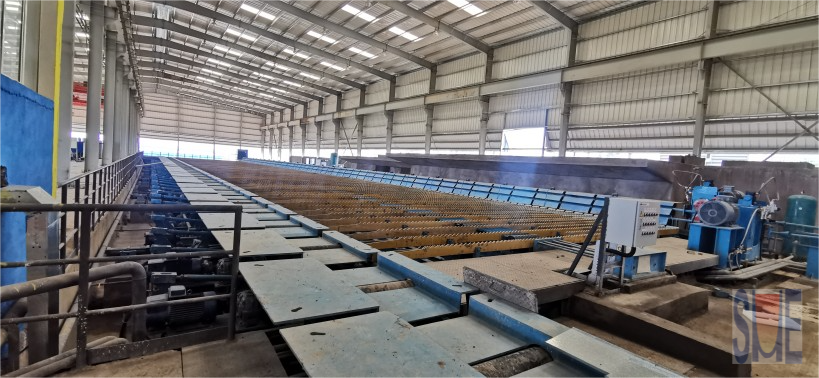From the Institute of Geochemistry of the Chinese Academy of Sciences (IGCS) , for the first time, the presence of impact-genesis submicron magnetite in lunar soil has been confirmed by an in situ microzonal analysis recently conducted by the research team of Li Yang of IGCS for sulfide particles in the lunar soil powder taken from the Chang'e-5 surface. The related results were published in the international journal Nature Communications.
Magnetite is related to ancient magnetic fields and extraterrestrial life, and therefore has attracted much attention in the field of planetary science. The Chang'e-5 mission successfully brought back 1.731 kg of lunar soil material from the young lunar sea basalt unit, and although the sample analysis results showed that almost all of the Chang'e-5 lunar soil was from local material, a small number of lunar soil particles were spattered from large impact craters, and it is also highly likely that the lunar soil retained information about the initial reaction of the lunar surface impact process.
Through scanning electron microscopy and transmission electron microscopy, the research team found about 2 μm diameter spherical iron sulfide particles in Chang'e-5 fine-grained lunar soil, which are generally characterized by dissolved oxygen and contain large amounts of submicron magnetite and pure metallic iron particles inside, while iron oxide particles embedded in the spherical iron sulfide particles were identified as submicron magnetite crystals. In addition, these typical features, such as silicate vaporization, oxygen dissolution, and equilibrium precipitation of magnetite and metallic iron particle phases, imply that dissolved oxygen iron sulfide particles in Chang'e-5 lunar soil are the products of a large impact event on the lunar surface.
Studies have shown that lunar surface sulfides undergo complex gas-liquid reactions during impacts, allowing zero-valent iron dissolved into the sulfides to produce submicron magnetite as well as singlet metallic iron through co-precipitation reactions.
This study establishes a correlation between the formation of ferrimagnetic minerals and impact events, and is of great significance.
